DesignOps 2020: Not Black Enough to Be White (Session Notes)
Speaker: Dean Broadley, Founder-Designing Humans
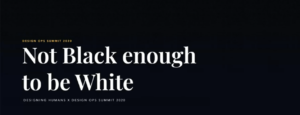
— Topic of talk is going to be about mental models for resilience and talking about Dean’s personal story and a broader journey

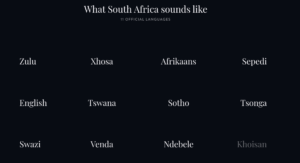
-
White
-
Black
-
Indian
-
Colored could be further categorized as Cape Malay, Cape Griqua, Cape Colored, Other Colored, and Other Asiatic
-
People fought to get into the best community they could get into under the system
-
It was not quite that easy
-
He was not black enough or white enough
-
Dean asked why it was so important to for him to be classified
-
Being outside of circles Dean could look at outside-in and can look at everyone else
-
Not belonging everywhere meant he had access everywhere
-
He was not constrained by a group identity
-
This was an empowering experience
The “Edge” Effect
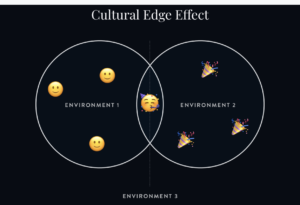
-
New species
-
Greater resilience and ecosystem diversity
-
Longer-lived species and groupings
-
Higher population density
-
Hard to do genetic mapping as a consequence
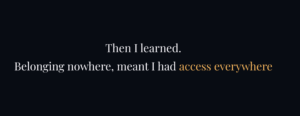
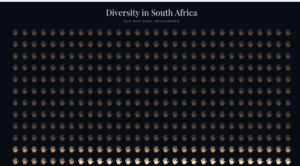
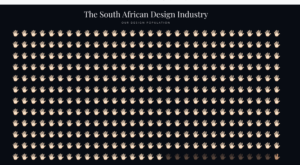
-
For first nine years Dean didn’t put his profile up online
-
Figuring out space for future for fo all desgners
Availability Bias
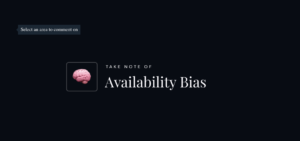
— People stuck with preconceived ability to focus on designers based on what they thought a typical designer looked like. This meant it was hard to identify colored designers
— For young people coming up in the school system, who didn’t see people who looked like them in design made it seem like design was not a career path they could follow
Advice from Dean
How to handle these issues?
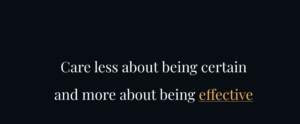
— First, care less about being certain, and more about being effective. This requires bravery, and being able to decouple what one believe to be true, versus what needs to be done to be effective.
— Next start at Level 1 with everyone.
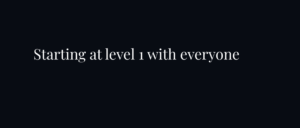
-
It doesn’t matter whether you are working with interns or Level 100 unicorn employees
-
Take in the whole person who you are working with
— Consider the following Ancient Greek quote:
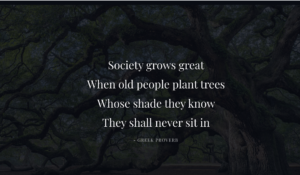
— Think about which things the person is doing that they are a planting seed for future generation, which things are supporting the tree, which situations are you working to reap the fruit of previously planted trees.
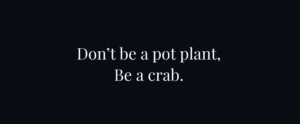
— If you look at a potted plant:
- Someone else is required for the plant to be able to grow. And when potted plant is removed from its constraints, the plant is at high-risk of falling apart.
- Dean provides a human example of a potted plant, through an engineer he met who said he left his last job because no one in his prior company was growing him.
-
Tough and resilient
-
Crab shells are finite, and crabs can recognize constraints of shells.
-
To get stronger and bigger, the crab must be able to shed things that protect them
-
When we reach edges of capabilities, we tend to shrink to edges of constraints. But we need to be vulnerable and willing to push our boundaries.
-
Come together to stay safe when they are shedding shells
-
No matter big, old, or strong.
-
The only way to get stronger, bigger is shedding strengths that got you where you were to a specific point
-
Discomfort can be a sign of growth, and space to grow, lets you have ability to take on new challenges
Beware the End of History Illusion
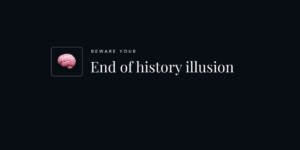
-
No matter how young/old we are. We understand we are people we are today because of past experience, but mis-estimate how future experience will shape us.
-
So be wary of how organization is changing you, as you are working to change the organization.

Questions
-
How common is it to find most language indigenous to South Africa?
-
You do chili-breeding. How it makes you a better designer?
-
Can’t baby the plants or treat them too harshly
-
Would you say a “crab family” is important to have when growing past your limits?
-
What were Dean’s inspirations?
-
Power of cultural edge effect? Why are people so freaked out about those on edges?
-
People try to delete their own edges. Can see someone going through XYZ
-
Work with Designing Humans? Where to learn more? How to incorporate it?
-
Stuff on mental models and career
-
Thinking about time of career (five years of experience vs. one-year)
-
Leadership and building teams in communiity
-
What advice do you have for others to huddle together when shedding shell?
-
Put yourself at risk, but rewards are great
-
Ability to get other to speak out themselves
-
Find strengths to share, and make person’s strength shared throughout the team
-
Current state of design community in South Africa and where it’s heading?

